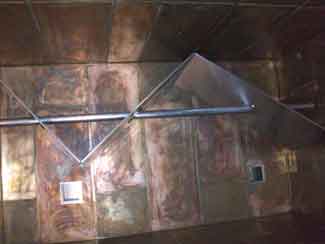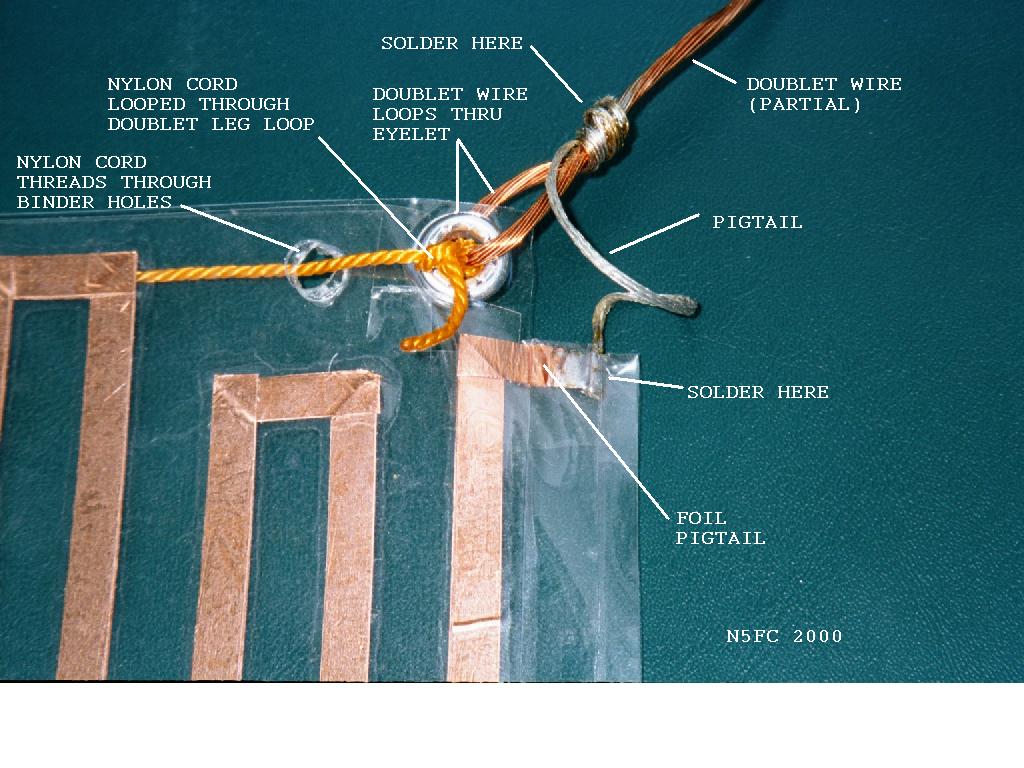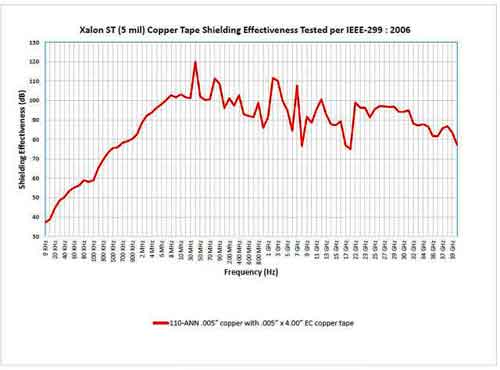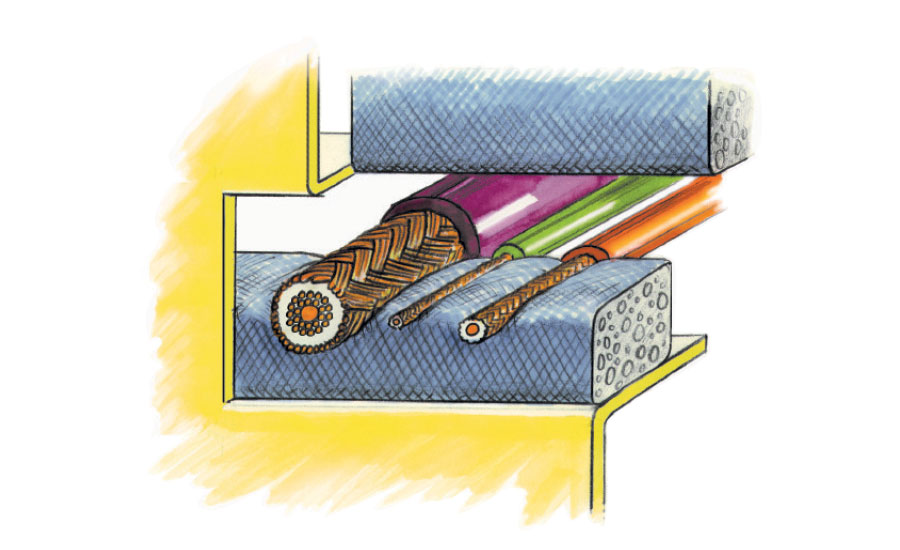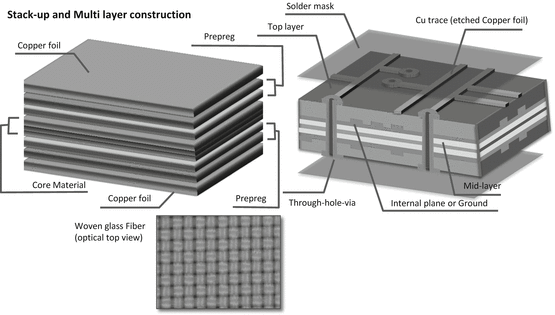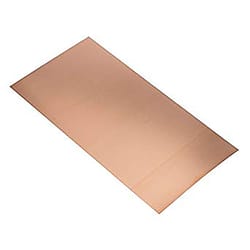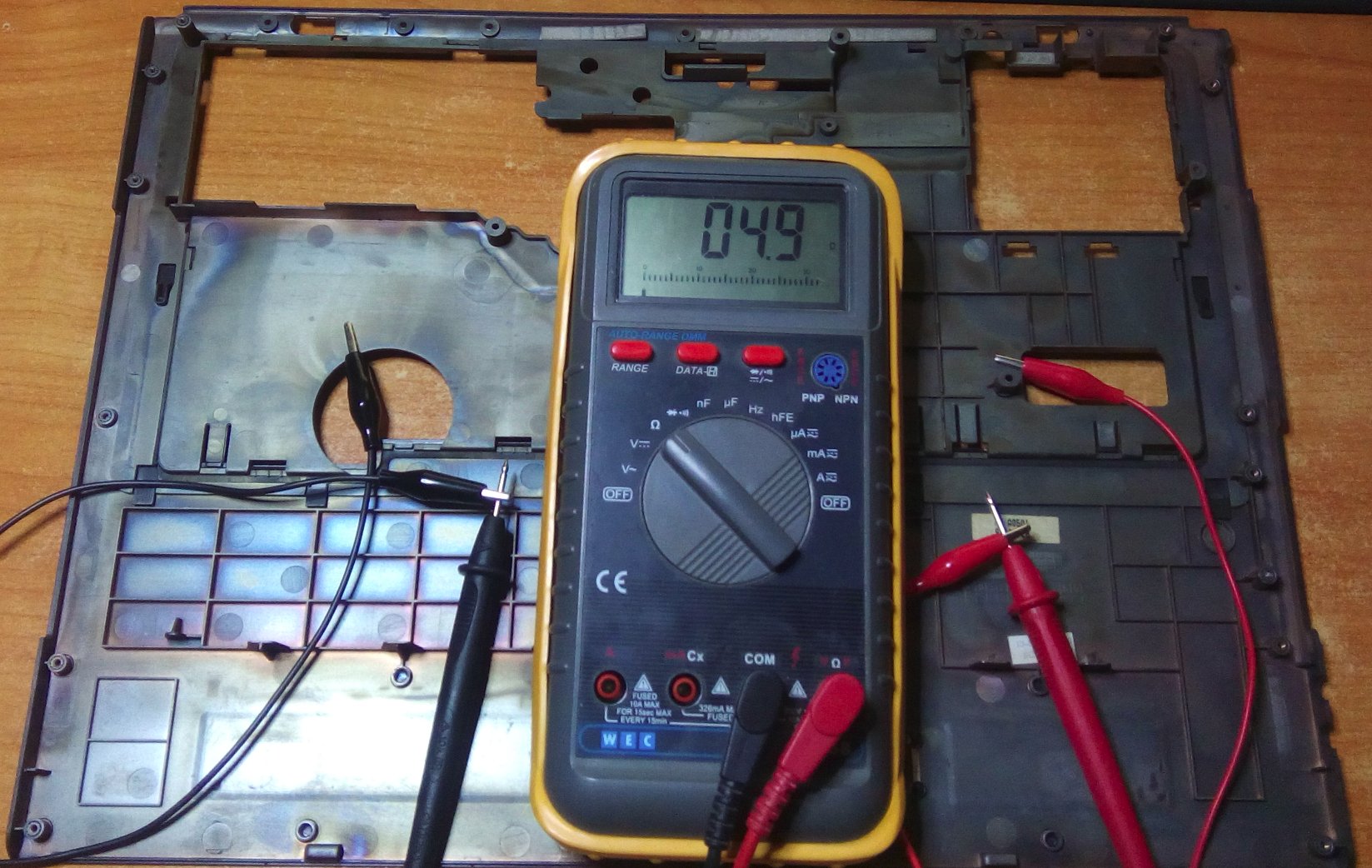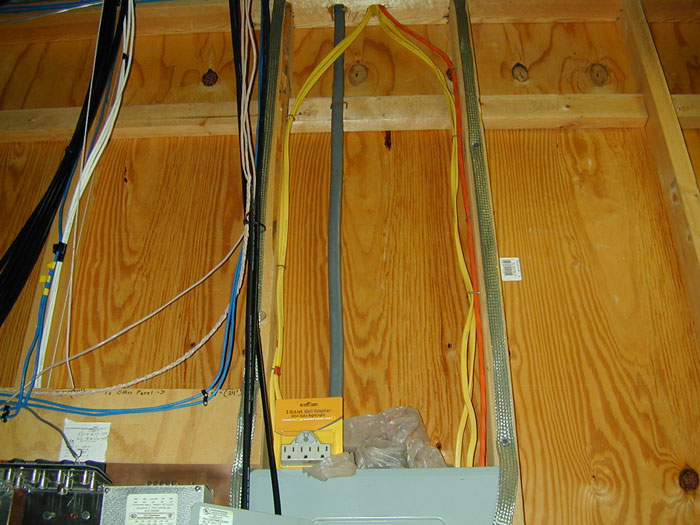Copper Foil Sheet Adhesive Antenna Ground Plane

A quarter wave vertical is one of the most popular hf antennas because it provides low angle radiation superior to a beam or dipole that is not far above ground 4 as described in the journal articles the original tash antenna consisted of a right triangle.
Copper foil sheet adhesive antenna ground plane. Firestik fg2648 b two foot no ground plane cb antenna kit black. 300 ft rg58 coaxial cable black 50 ohm 20 awg ccs solid conductor foil shield braid coaxial cable matv rf signal black copper clad steel antenna digital hdtv signal line by nac wire and cables. These antennas are essentially half a dipole with the other half being the electrical mirror of the antenna on the other side of the ground plane. Essentially the kit was a roll of about 40 feet of 2 inch wide adhesive backed copper foil.
After peeling off an inch at a time i found a good match at 14 9 feet. In the field of radio telecommunication a ground plane structure or relationship exists between the antenna and another conductive reflective surface which permits the antenna to function as such e g forms a reflector or director for an antenna. Many antennas have a ground plane built in but in particular magnetic mounted antennas often kitted with mobile boosters require one be provided. Only 6 left in stock order soon.
The bigger it is the better. For example on a fibreglass roof mount the antenna on top of the roof and place some adhesive backed metal foil underneath on the inside of the roof. Part of omnidirectional cellular antenna design is a ground plane or metal that reflects signal into the antenna itself. The more conductive it is the better.
It would be applied on the inside of the roof so they would intersect at the antenna s mounting hole where the foil would connect to the ground side of the mount. The tash antenna performs similarly to a quarter wave vertical at most frequencies. Radio telecommunications antenna reflectors. A reasonable discussion about radio antenna ground plane issues.
Professional am radio broadcast antennas use lengths of copper wires buried just under the ground radiating out from the base of the antenna to make the earth more like an ideal ground plane. The final coil for 17 and 20 meters contains 18 9 feet of foil. Earlier tests indicated a need for a coil with something longer than a quarter wavelength of wire in a spiral ground plane so i began with 15 5 feet of copper foil enough foil to trim for 17 meters. This sometimes serves as the near field reflection point or as a reference ground in a antenna.
If this is not possible copper or aluminium foil can be used to create a shaped ground plane underneath the antenna.





